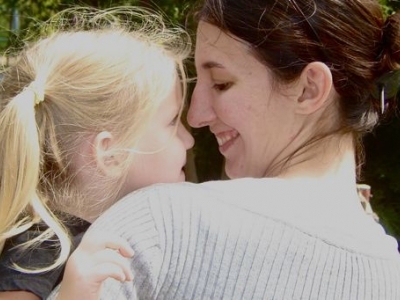
Teaching Obedience
For safety reasons and more, kids need to learn to obey your commands first time.
Are your kids obedient?
One of the frustrations my wife Tanja and I have found in parenting, is that we often have expectations that our children simply cannot meet because we have not taught them.
We ask our children to “come” and they don’t. We get angry and say it again, this time with more force in our voice, and so it goes on and on until we give in. We let them go their own way, or we go and get them, which usually turns into a game of chasings. Whilst this is fun for our child, it's frustrating for us, and has become an unintended learning time.
We have begun to realise we were actually teaching our children the opposite of what we wanted. Our children were learning that when Daddy says “come” he doesn’t really mean it. Even more frustrating for me was they thought it was a great game to play!
Training for obedience
There have been a number of incidents when one of our kids is racing towards the end of our driveway, which opens up onto a busy road. For the sake of our children, they need to stop at our first call and do what we ask straight away. You can imagine any number of scenarios where this 'immediate obedience' would be helpful, if not necessary to avoid danger and tragedy. We realised we needed to find a way to teach our children (who are three years and 22 months old) what we expected and how to do it.
Now I know that what follows sounds like dog obedience training, but we’ve found this works:
- We set aside some time in the morning when we are all well rested and feed. I often do this on Saturday morning.
- We have a set of commands & responses which we teach our kids in the form of a game.
- I make sure that my children have heard and seen my commands. If our three year old seems particularly distracted, I sometimes get her to repeat back to me the command or instructions so that I know that she has heard it.
- I include hand signals to teach them to respond if they are too far away or it is too noisy to hear. I say “stop” with hand up and out in front. Then I move about ten paces away and say “come” with a beckoning motion of my hand.
- I repeat this over and over and do it regularly with my children. I vary the situation, sometimes only using hand signals, sometimes going into another room or around a corner and shouting the command.
It works!
For us as a family there were two important principles behind training our children to be obedient to us. As I said above, because we live on a busy road, there is a principle of safety and protection for our children who really need to heed our command to listen and obey straight away. The other principle is that ultimately we want our children to grow as disciples of Jesus, so it's important they learn to listen and obey (John 10:3; 14-16; Matthew 28:20).
Jim French is Vice-Principal of Youthworks College
For more articles from Growing Faith, subscribe to our monthly e-newsletter.
To hear about the latest books and resources from Youthworks Media, subscribe here.







